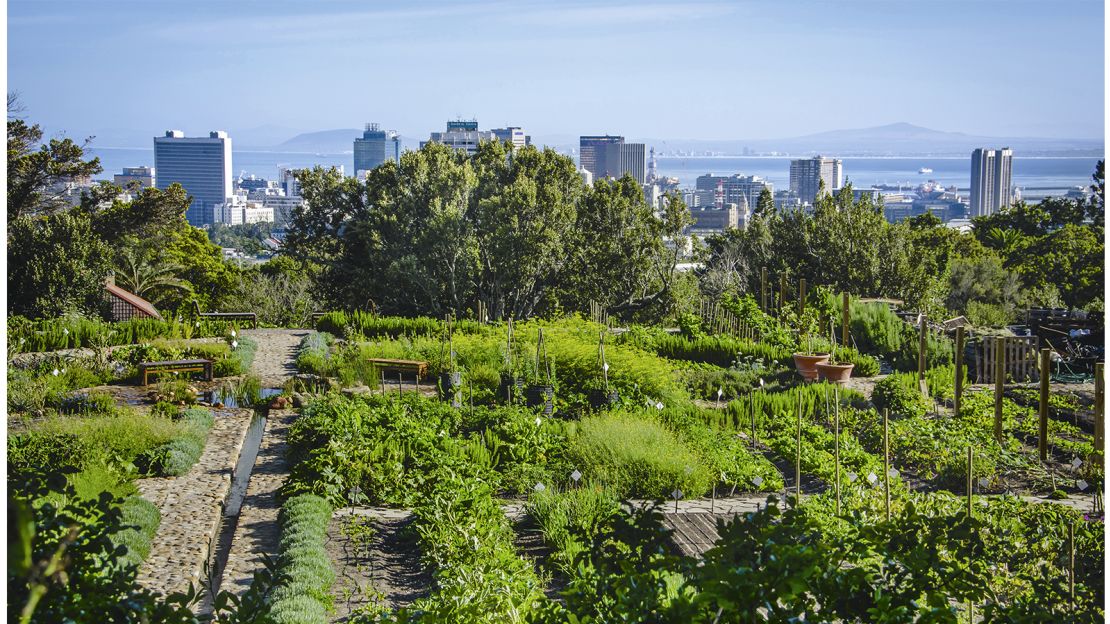7 Simple Techniques For City Blooming
7 Simple Techniques For City Blooming
Blog Article
Some Of City Blooming
Table of ContentsNot known Facts About City BloomingAn Unbiased View of City BloomingGetting My City Blooming To WorkWhat Does City Blooming Mean?The Best Strategy To Use For City Blooming
Intrigued in growing food for sale in the City of Chicago? Thinking concerning starting an area garden? Adjustments to the Chicago Zoning Statute enable agricultural usages like community yards and metropolitan farms in several components of the city. Below is a listing of regularly asked concerns relating to the policies and regulations that farmers must think about when intending a city agriculture task.
The zoning change does not modify any type of other codes dealing with composting, building licenses, buying or leasing City owned home, company licenses or environmental contamination. There are existing codes that control these concerns and they stay in full impact and might be appropriate to your task. Community yards are usually possessed or managed by public entities, civic companies or community-based companies and kept by volunteers.
Urban farms expand food that is planned to be sold, either on a nonprofit or for-profit basis. Due to their industrial function, metropolitan ranches call for a company permit. Yes. An area yard is permitted to market surplus create that was grown on site if the sales are accessory or subordinate to the garden's main function described above.
The Single Strategy To Use For City Blooming
Composting is permitted yet just for plant product that is generated and utilized on site. The quantity of compost product can not surpass 25 cubic yards at any provided time according to the requirements in 7-28-715 of the City's Municipal Code. Yes. Since the soil at a lot of new yard sites requires changing, compost, dirt, timber chips, or other products can be obtained to construct or enhance the expanding area - sustainable gardening.

If a building license is required after that the hoophouse will be taken into consideration an accessory building. You can learn even more about the structure permit needs by contacting the Division of Structures. The 25,000-square-foot dimension restriction is planned to stop a solitary community garden from controling a provided block or detracting from the block's existing residential or business character.
The restriction does not put on yards found in Public Open Area (POS) areas. Can there be even more than one neighborhood yard that is 25,000 square feet on a single block? Yes. The dimension limitation puts on individual gardens, not to individual blocks. No. Fence is not required, however, yards that have huge parking lot might be required to set up secure fencing or other landscaping attributes.
The 7-Minute Rule for City Blooming
B1 & B2 areas require that all commercial usage tasks be performed inside. R areas limit business activity. The laws reflect the function and intent of the Zoning Code. Is secure fencing needed for city ranches? Yes. Fences might be required, together with landscape design and testing, for sure auto parking locations and outside work or storage areas depending on area and the details activity taking place.
Urban ranches need structure authorizations and zoning approvals prior to building and construction (sustainable gardening). Other forms of city evaluation may be required depending on details structures, tasks, size, landscaping, licensing, public heath and stormwater management issues.
Yes. The kind of permit is figured out by what is happening at the website. The Department of Business Affairs and Customer Security can aid figure out the particular sort of service license that's needed. Yes. Off road vehicle parking is needed for a lot of commercial jobs in Chicago. The called for number of garage is based upon the number of staff members working with website and not the square video footage of the expanding space.
Indicators on City Blooming You Should Know

Yes. A metropolitan ranch can market compost product generated on site, nevertheless, the procedure should conform with the laws in 7-28-715 of the Chicago Municipal Code. Yes. Aquaponic systems are allowed inside your home on city farms in several zoning areas. A zoning review and building permit is required in order to install structures or systems and an organization certificate is called for as explained above.
Up to 5 hives or swarms of honey may be maintained as an accessory usage. Nevertheless, beekeepers must register with the Illinois Division of Farming. For additional information regarding the proposed zoning amendment you might get in touch with the Department of Real Estate and Economic Advancement, Bureau of Planning and Zoning at 312.744.8563.
, which takes place in rural locations at the edge of residential areas.
What Does City Blooming Do?
It can involve a movement of natural cultivators, "foodies" and "locavores", that look for to form socials media based on a shared values of nature and community holism. These networks can develop by method of formal institutional support, ending up being incorporated into local town as a "change town" activity for sustainable urban development.
In either instance, the a lot more straight find more information access to fresh veggie, fruit, and meat items that might be know via city agriculture can boost food safety and food safety while reducing food miles, causing lower greenhouse gas discharges, consequently contributing to climate modification reduction. Some of the very first proof of metropolitan farming comes from Mesopotamia.
Report this page